How Often Should I Change the Coolant in My Car?
-
Pete Ortiz
- Last updated:
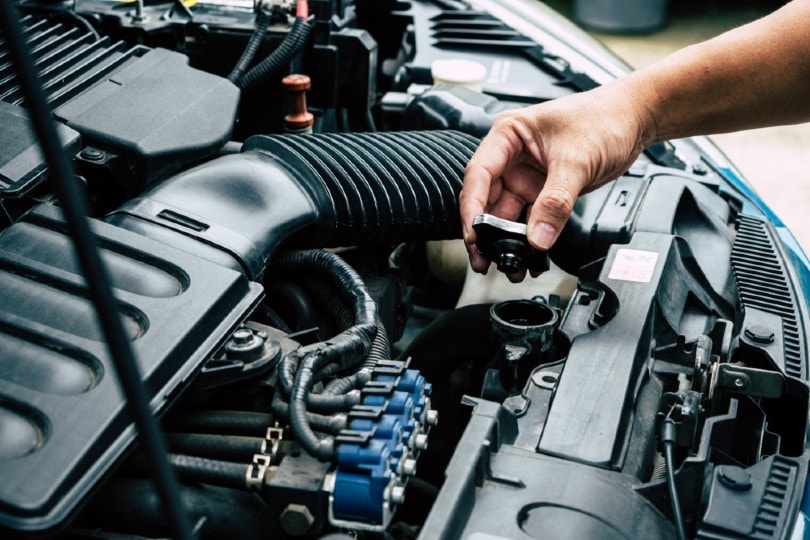
Vehicle performance is highly influenced by the level of maintenance provided by the owner. Doing routine maintenance procedures, like changing the coolant, will help boost performance and reduce wear and tear on your car.
Certain factors will influence when you can change a car’s coolant. Experts recommend coolant changes after every 30,000 miles, while others require a shorter time than that. The best option is to look for the manufacturer’s directions in the user manual.
If you are checking out this article, you must be unaware of when to change your car’s coolant. Well, you are in the right place. Let’s take a look at engine coolants and quench all your curiosity around them.
What Is Coolant?
Coolant is also referred to as radiator fluid. It’s the liquid that flows through the car’s engine and radiator through hoses. It protects the car from overheating or freezing in extreme temperatures.
Unlike most car fluids, the coolant will deteriorate and become more acidic over time, thus requiring a change.
Coolants are made up of ethylene glycol, an organic compound that is colorless and odorless.
Most vehicles directly from the dealership come with red coolant liquid, but aftermarket coolants come in several colors, including blue, yellow, purple, or pink. Note that orange-colored coolants are intended for longer use because of the additional rust inhibitors in them.

Refilling Your Coolant
There is an indicator on the cooling system reservoir specifying the level to which you should fill the coolant. There are usually two lines on the tank. The lower line shows up when the engine is cold, while the upper one shows when the car is at operating temperature. There is also an overflow outlet that leaks excess coolant.
Do not ever put the coolant cap on while the engine is still hot, as you risk the coolant erupting under the pressure.
How to Know When the Radiator Needs to Be Flushed
You may have disregarded the manufacturer’s manual and don’t know when you should change the car’s coolant. Well, there are signs that this needs to be done, including:
An Overheating Engine
An overheating engine is one of the most obvious signs of a coolant issue. If you notice a spike in the temperature of the engine or even start seeing steam coming from the hood, get to a mechanic as soon as possible. Although there are several reasons for the temperature spikes, it may also be a coolant problem, which poses a risk of a complete engine breakdown.
Low Coolant Levels
Coolant levels can indicate a couple of things, one of which includes a leak. However, it likely just means that you need to top it off.
Debris in the Coolant
Debris accumulation inside your coolant requires you to change it. Inspect the coolant for black and brown particles to confirm whether you have too much debris.
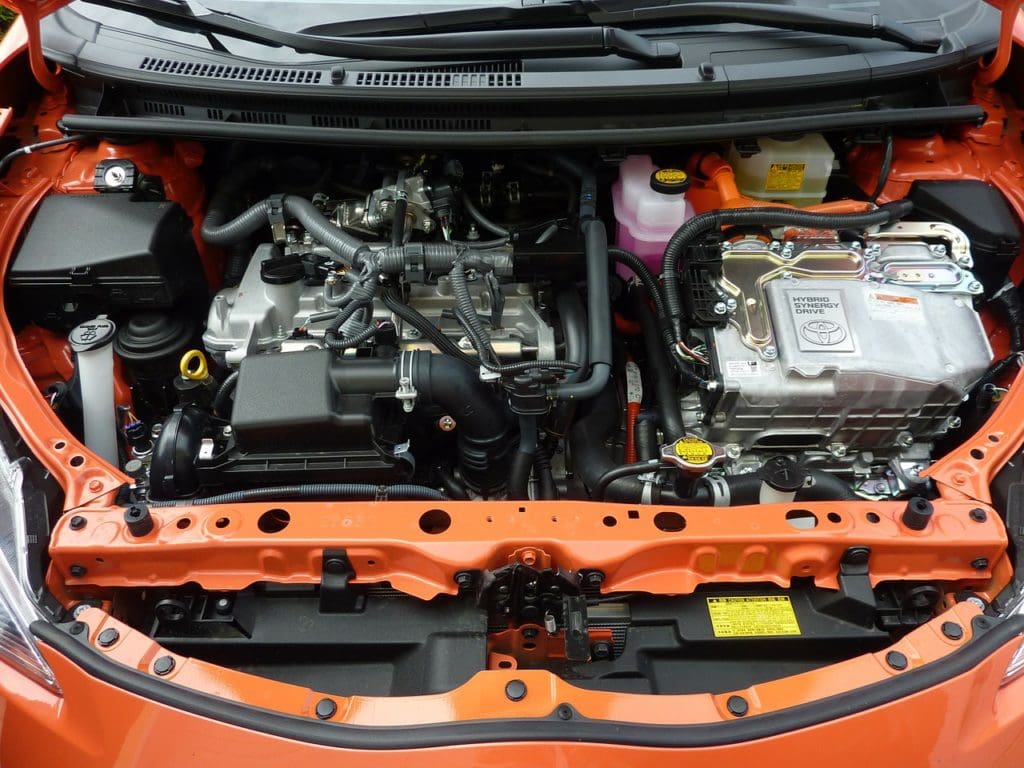
Flushing the Coolant
You can flush your radiator yourself, although the best advice would be to get some professional assistance. Ensure you can effectively dispose of the coolant after draining it, as it may be toxic for humans and pets. It is also unhealthy for the environment, especially if it gets into a drainage system.
Below is a procedure to follow when changing your coolant:
1. Get All Tools Ready
The things that you will need include:
- Clean water
- New coolant and antifreeze
- Catch container
- Radiator cleaner product
- A few hand tools, including spanners, pliers, and screwdrivers
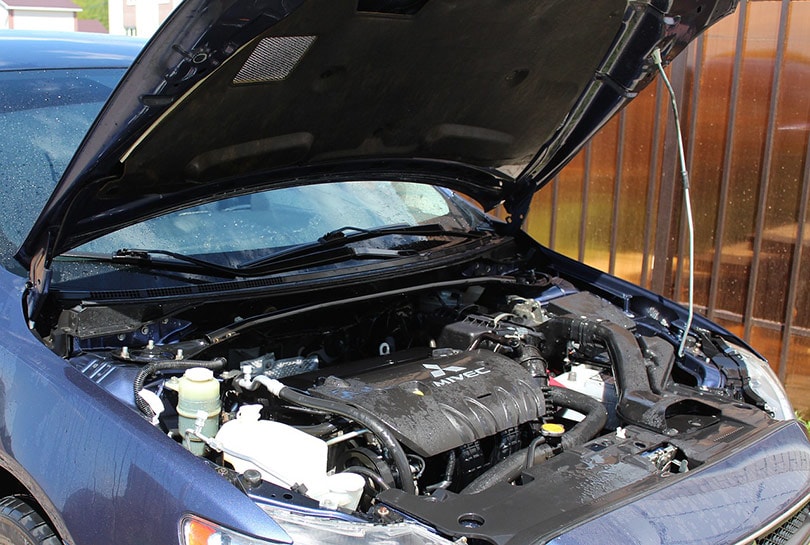
2. Position the Catch Tray
Place the catch tray in the correct location under your car. The tray should be under the petcock valve where the coolant drains. Ensure the catch container is big enough to hold around 10 liters of coolant.
3. Open the Radiator Cap
Take off the radiator cap and leave the drain valve open, but ensure the engine is cool before opening it. Then, unscrew the drainage cap at the bottom of the radiator for the coolant to start flowing out. Ensure the catch tray is effectively placed to avoid any spillage. Once all the coolant has drained out, label it and take it to the recycling center.

4. Use the Flushing Product
Use a chemical flushing product to remove all remaining coolant from the radiator.
To do this, follow the instructions on the label.
5. Add Fresh Coolant
After successful drainage of impurities from the radiator, it is time to add the new coolant. Seal off the bottom of the radiator and pour in the new coolant. Ensure you get the best product for the job and your specific vehicle.
Add the coolant through the top of the radiator to the recommended levels before closing it with the radiator cap. Run the engine and turn the dashboard heater control to cold. You may notice a drop in the coolant levels due to air that may be trapped inside. If so, top it off and you are ready to go.
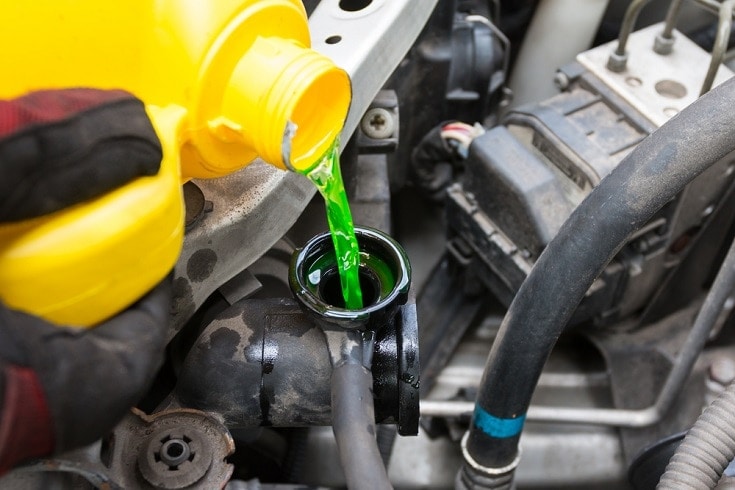
 Does the Coolant You Use Matter?
Does the Coolant You Use Matter?
There are so many different brands of coolants to choose from.
Let’s take a look at the different kinds of coolants available.
Inorganic Acid Technology
This is one of the first coolants to be manufactured back in 1994. It has phosphates and silicates that work well with cast iron engine blocks and aluminum radiators.
This coolant should be flushed after every 2 years. If done later than this, it may start to form clogs that reduce the performance. The coolant usually comes in a green color.
Organic Acid Technology
This is the type of coolant found in most cars built after 1994. It has no phosphates or silicates. It can last you up to 5 years or around 150,000 miles.
It also comes in several colors, including orange, dark green, blue, and red.
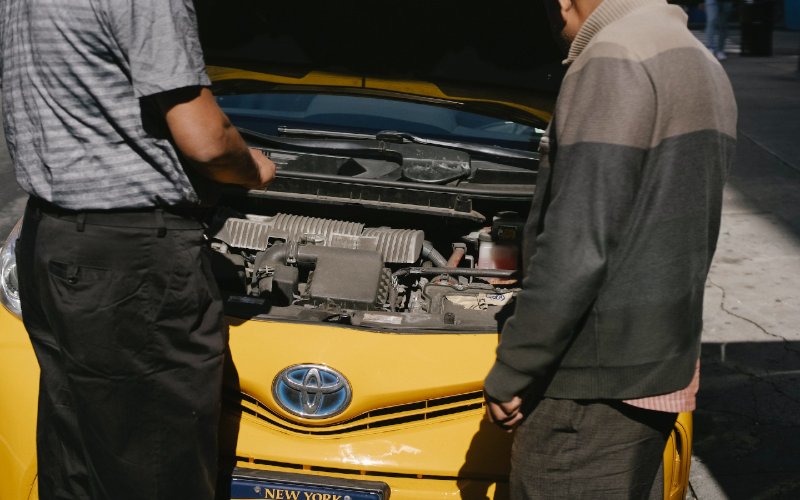
Hybrid Organic Acid Technology
This type of coolant comes in various colors, including purple, blue, pink, yellow, and turquoise. They are mostly found in Asian, European, and newer Chrysler cars.
Dex-Cool
This coolant is an orange color. It was developed around 1995 when the owners mistakenly mixed green coolants with Dex-cool systems.
 Frequently Asked Questions
Frequently Asked Questions
Can you mix different coolants?
It is not advisable to mix different coolants since their blends are different. In case you are in dire need, rather than adding a new mix of coolant, add some water to the coolant. It will act as a temporary fix until you get your hands on the required coolant.
In case you add the wrong coolant to the car, you may end up clogging the radiator. If the clogging is severe, the system will not be easy to flush and may end up costing you a lot to disassemble the radiator for decontamination.
Can you add new coolant to old coolant?
You can add new coolant to the old coolant without any risk of damage. However, ensure you use the same type of coolant.
Does coolant evaporate?
Yes, some coolants may evaporate due to extreme heat and may result in lower coolant levels.

What is the effect of a coolant flush?
It helps remove debris and impurities from the radiator. This, in turn, prevents any damage to the cooling system.
Does coolant smell?
Most coolants have a sweet smell, which is easily detectable, especially when there is a problem with coolant levels inside the radiator.
 In Conclusion
In Conclusion
Engine coolant is extremely important to the well-being of the car since it boosts performance and durability. Ensure you keep track of your engine coolant changes and the number of miles traveled so that you change the coolant at the right time.
Featured Image Credit: My Photo by me, Shutterstock
Contents


